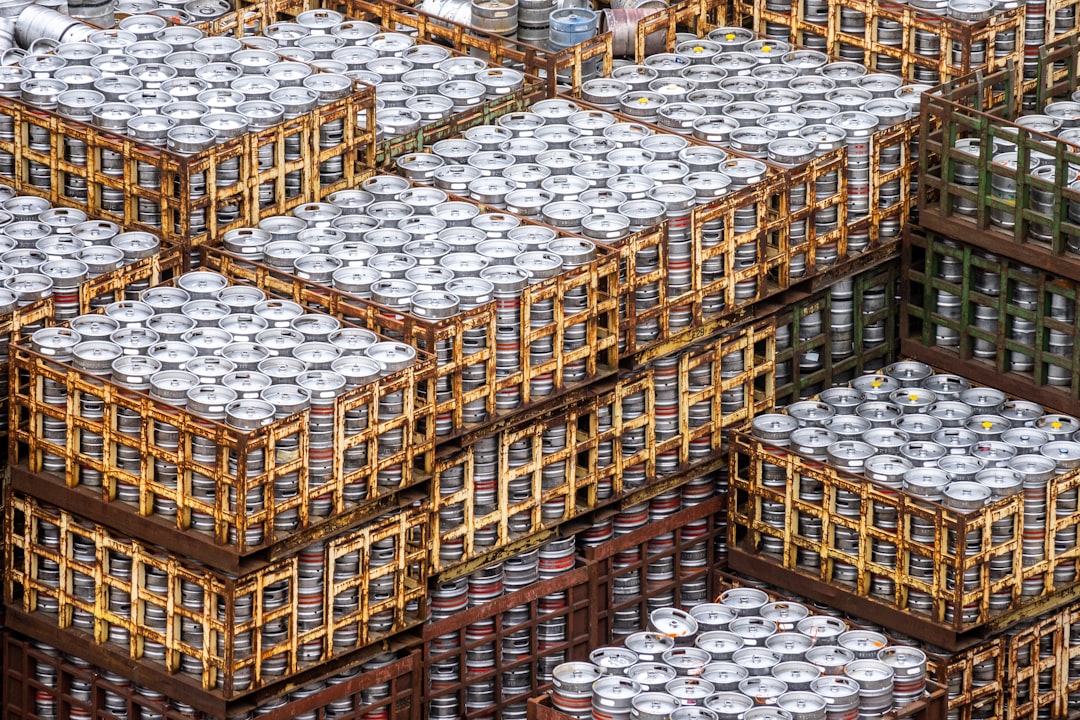The phrase “000 ton/year production capacity” represents a significant milestone for any manufacturing or production enterprise. While the specific number ‘000’ needs to be replaced with the actual figure, the underlying principles and considerations remain the same. This post delves into the multifaceted aspects of achieving and managing such a substantial production capacity, exploring the challenges, opportunities, and strategic implications involved.
1. Defining and Assessing 000 Ton/Year Production Capacity
Before diving into the specifics, it’s crucial to define what “000 ton/year production capacity” truly means. This figure represents the maximum amount of a particular product (measured in tons) that a facility can produce within a year, operating under optimal conditions. Optimal conditions include factors like efficient equipment utilization, skilled labor, readily available raw materials, and minimal downtime. Assessing this capacity requires a thorough analysis of several key areas:
- Equipment Capacity: Determining the individual and combined output of all production machinery and equipment is paramount. This involves analyzing machine efficiency, potential bottlenecks, and planned maintenance schedules.
- Labor Capacity: The number of skilled workers, their productivity levels, and the efficiency of the production process directly impact capacity. Skill gaps and training needs should be factored into the assessment.
- Raw Material Availability: Securing a consistent and reliable supply of raw materials is critical. Potential supply chain disruptions and their impact on production should be considered.
- Storage and Logistics: Efficient storage facilities and a well-planned logistics network are vital for handling the large volume of goods produced. Capacity limitations in these areas can severely restrict overall production.
2. Scaling Up to 000 Ton/Year: The Challenges of Expansion
Achieving a production capacity of 000 tons per year often involves significant expansion. This scaling-up process presents numerous challenges:
- Capital Investment: Expanding production capacity demands substantial investment in new equipment, facilities, and infrastructure. Securing funding and managing the financial risks associated with such a large investment is crucial.
- Operational Efficiency: Maintaining operational efficiency as the production scale increases is a major hurdle. This requires robust process optimization, effective inventory management, and seamless integration of new equipment and processes.
- Human Resources: Finding, training, and retaining skilled labor to manage the expanded operations is essential. This may involve recruitment drives, training programs, and strategies to improve employee retention.
- Supply Chain Management: As production volume increases, so does the demand for raw materials and logistics services. Ensuring a reliable and cost-effective supply chain is vital to avoid production delays and disruptions.
- Regulatory Compliance: Expanding operations may necessitate navigating complex regulatory requirements and obtaining necessary permits and licenses. This often involves significant legal and administrative efforts.
3. Market Considerations for a 000 Ton/Year Production Capacity
A production capacity of this magnitude necessitates a thorough understanding of the market. Simply producing a large quantity of goods doesn’t guarantee success; there must be sufficient demand to absorb the output:
- Market Demand Analysis: A comprehensive market analysis is essential to assess the current and projected demand for the product. This involves identifying target markets, analyzing competitor activity, and forecasting future trends.
- Pricing Strategies: Determining optimal pricing strategies to maximize profitability while remaining competitive is critical. This requires careful consideration of production costs, market prices, and customer demand elasticity.
- Distribution and Sales Channels: Establishing efficient and effective distribution and sales channels is crucial to reach target markets and sell the large volume of goods produced. This might involve expanding existing channels or developing new ones.
- Marketing and Branding: Effective marketing and branding strategies are necessary to build brand awareness, create customer loyalty, and drive sales. This is particularly important when entering new markets or competing against established brands.
4. Technological Advancements and 000 Ton/Year Production
Technological advancements play a pivotal role in achieving and managing a high production capacity. Automation, advanced analytics, and Industry 4.0 technologies offer significant opportunities for increased efficiency and reduced costs:
- Automation: Automating various stages of the production process can significantly improve efficiency, reduce labor costs, and minimize errors. Robotics, automated guided vehicles (AGVs), and other automation technologies can be integrated to streamline operations.
- Data Analytics: Analyzing production data using advanced analytics can identify bottlenecks, predict equipment failures, and optimize production processes. This data-driven approach enables proactive decision-making and continuous improvement.
- Industry 4.0 Technologies: Implementing Industry 4.0 technologies, such as the Industrial Internet of Things (IIoT) and cloud computing, can enhance connectivity, improve data visibility, and facilitate real-time monitoring and control of the production process.
5. Sustainability and Environmental Impact of High-Volume Production
Producing 000 tons of a product annually has significant environmental implications. Addressing these concerns is crucial for long-term sustainability and responsible business practices:
- Resource Efficiency: Minimizing resource consumption (water, energy, raw materials) throughout the production process is essential. This can involve implementing energy-efficient equipment, optimizing material usage, and adopting circular economy principles.
- Waste Management: Implementing effective waste management strategies to reduce, reuse, and recycle waste generated during production is crucial. This minimizes environmental impact and can potentially generate revenue from recycled materials.
- Emissions Reduction: Reducing greenhouse gas emissions and other pollutants generated during production is essential. This may involve investing in cleaner technologies, improving energy efficiency, and adopting carbon offsetting strategies.
- Compliance with Environmental Regulations: Adhering to all relevant environmental regulations and obtaining necessary permits is crucial to avoid legal penalties and maintain a positive corporate social responsibility profile.
In conclusion, achieving and maintaining a 000 ton/year production capacity requires a multifaceted approach encompassing meticulous planning, significant investment, technological integration, and a deep understanding of market dynamics and environmental responsibilities. Success relies on effectively addressing the challenges and capitalizing on the opportunities presented by this ambitious production scale.
Tags: Production Capacity, Manufacturing, Scaling Production, Market Demand, Sustainability, Industrial Automation, Supply Chain Management
“`
Remember to replace “000” with the actual tonnage figure throughout the HTML.




